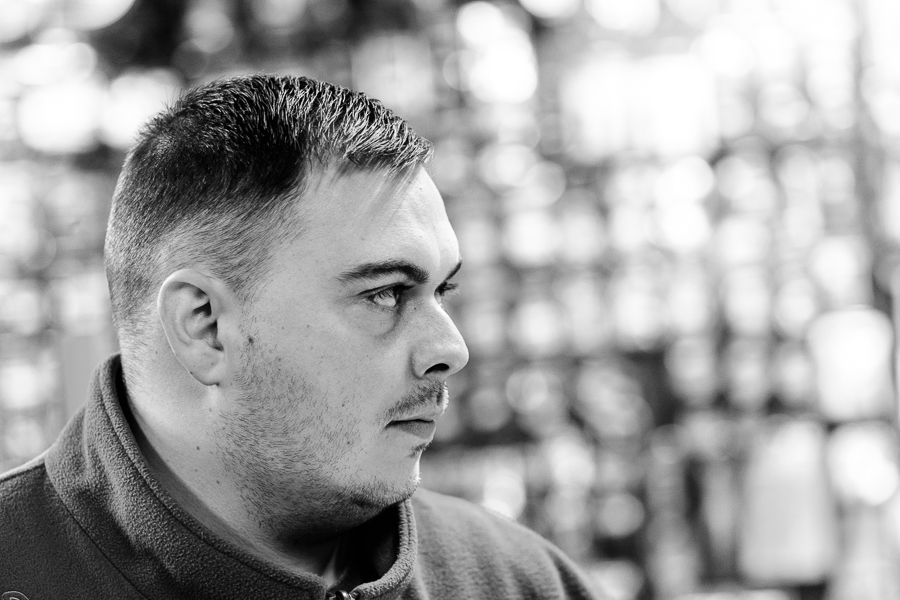This made a break from the easy attraction of the frogs in my pond. They were still at it, although fewer in number and less approachable. I think they must feel safer when there are dozens of them together. I thought I'd play around with DSLRs and close-up 'filters'. Once more I shot some video and the screw in close-up lenses worked well for that. Not quite so hot for hand-held stills. Sharpness isn't quite so critical with moving images.
There is a noticeable difference in 'look' between the pictures made with my compact camera and DSLRs - the difference between the crop and full frame shots is much less easy to spot.
The fishing DSLR has been getting quite a bit of use recently. It's handy for taking product shots for my website and fishing blog because the kit lens focuses close enough for me not to need a macro lens, and the 24 mega pickles mean it's easy to crop in for web use. The sensor seems to my eyes to be every bit as good at low ISOs as those in my larger sensor cameras. Even better in terms of dynamic range than the older one. If I was a landscape specialist I'd be more than happy to use the camera all the time because the speed of handling and focussing isn't a problem there. For wildlife the extra 'reach' the smaller sensor gives is quite handy. That's why I used the camera for photographing and videoing the frogs - although the compact does as good a job and is easier to use in some respects. All this has got me thinking if I really need the big sensors.
Today I was back at the sandplant with a wide zoom on an FX body and a standard zoom on a DX. Although the standard effectively becomes a medium telephoto, which was why I took that route. I keep thinking that one body of each format would enable me to cut down on lenses while covering the same effective focal lengths.
Nice in theory, but in practice there's the unavoidable fact that no matter how good smaller sensors are in decent light at low ISOs they can't match the bigger sensors when it gets darker. As I like to shoot hand-held in dimly lit buildings (tackle shop, poultry shed) that is a big deal. I don't like dwelling on photographic gear and would rather think about the photographic process. The only reason I'm pondering out loud is that I'm trying to pare my gear down to a logical minimum, primarily in terms of bulk.
 |
| Standard becomes medium |
This first one shows the high tide covering land which is a recent breach in the bund. I'm told the plan is for at least part of the workings to be returned to salt marsh, and this illustrates the start of that process.
The second picture does nothing more than show piles of reclaimed sand. I like the backlighting, the perspective, the curve of the tracks and the reflected clouds in the puddle.
The thirds shot was grabbed as two birdwatchers made their way back to their car. Their presence gives a sense of scale - although the wide angle exaggerates distance - and the machine adds a splash of colour to liven the image up.
Despite being in an unenthusiastic mood a few pictures have been added to the sandplant collection. This buoyed me up and I headed out the door after an early tea to see what could be done with the last of the daylight. Hand-holding for landscapes at sunset is not the recommended procedure. But it's the way I do it. I tried to capture the feeling of a still spring evening by shooting into the sun. Then again, I don't make the usual landscape pictures. I doubt many photographers would have a container as the focal point in a sunset picture...
Tangles of undergrowth and branches always attract my eye, and when lit by a low sun they can make for interesting patterns. I'm not sure that this sort of picture would work if everything was in focus from front to back. Although visual confusion is part of the point of this pictures there has to be some signifier of depth, and blur is one of them.















.jpg)
.jpg)







